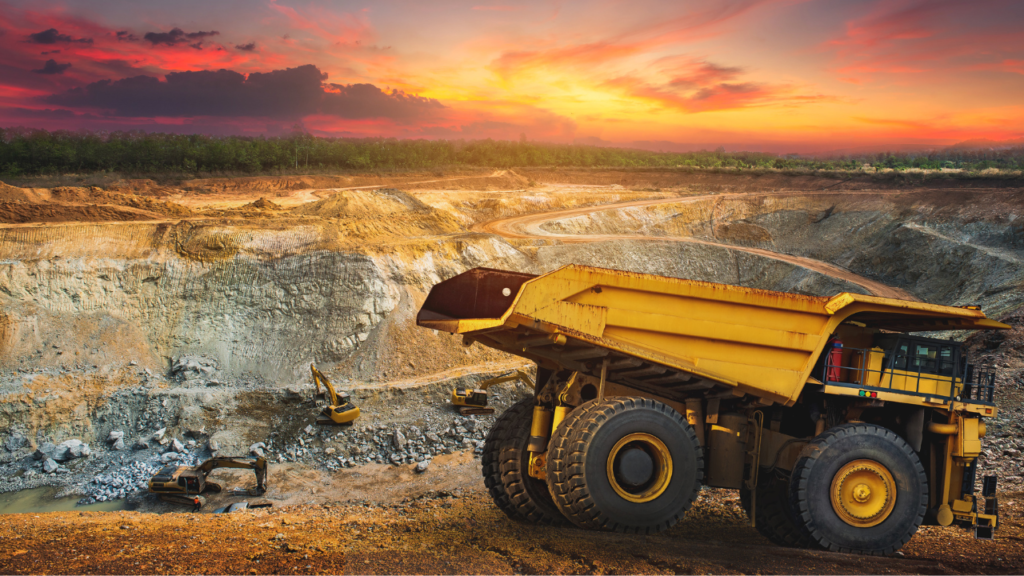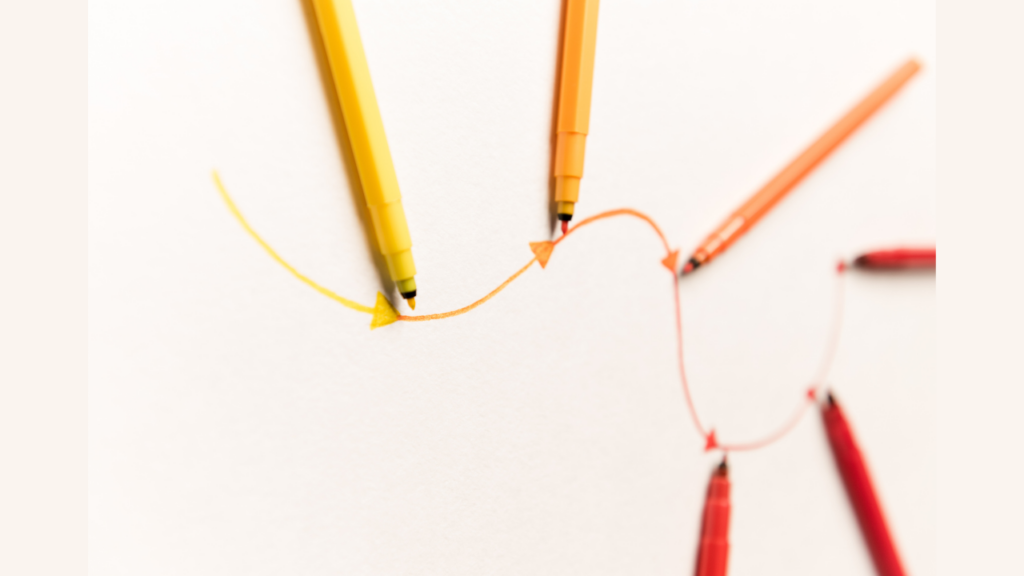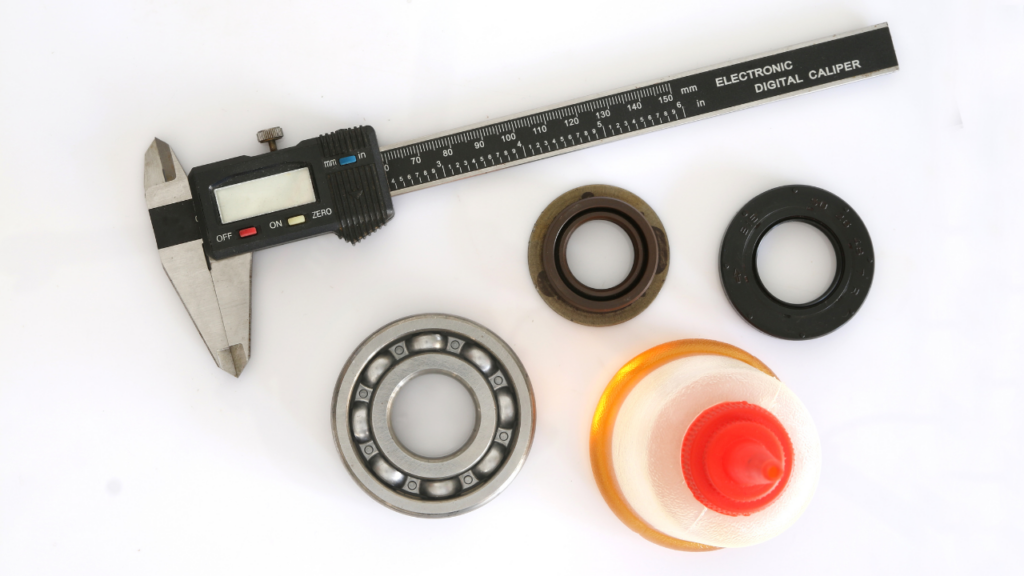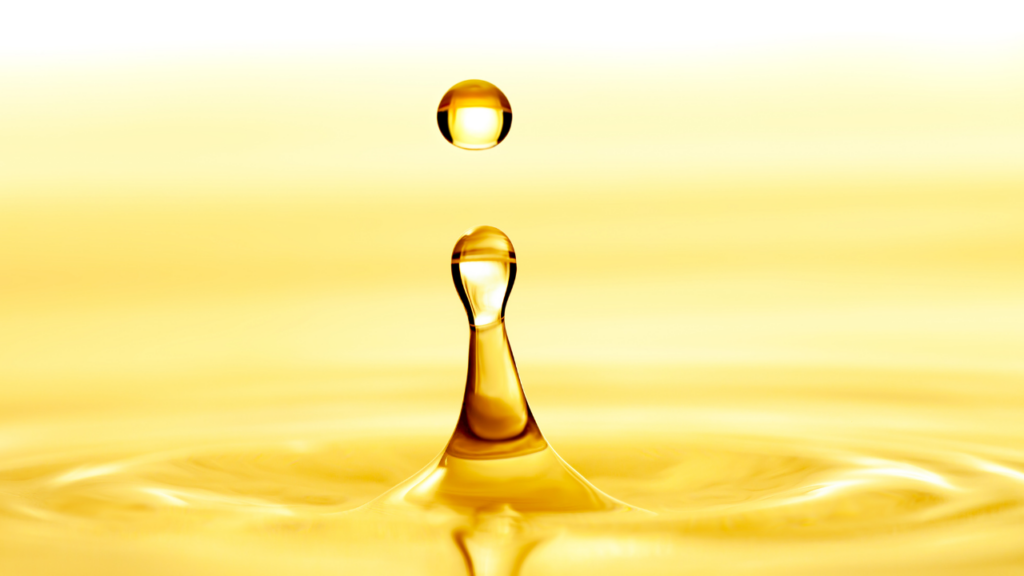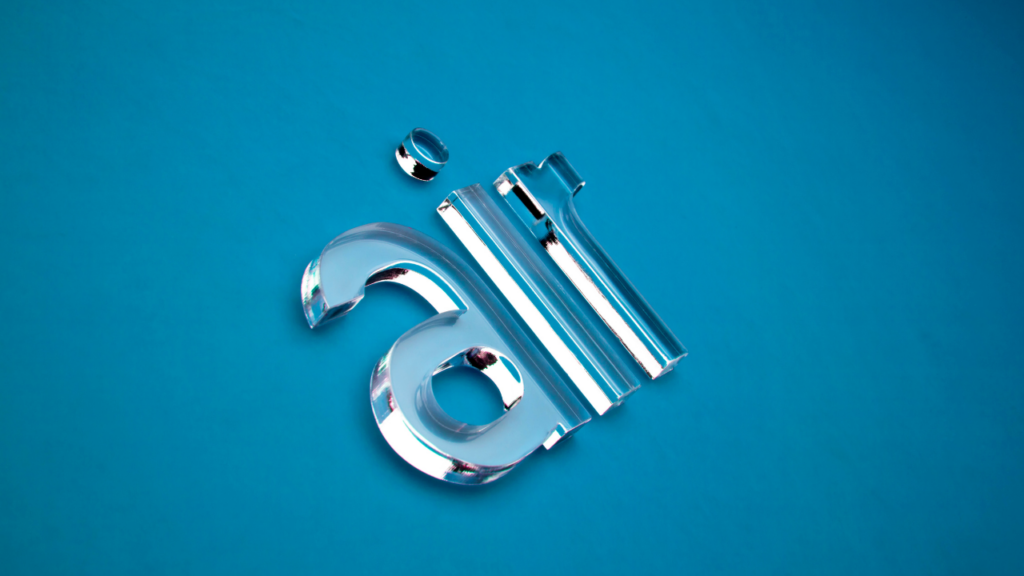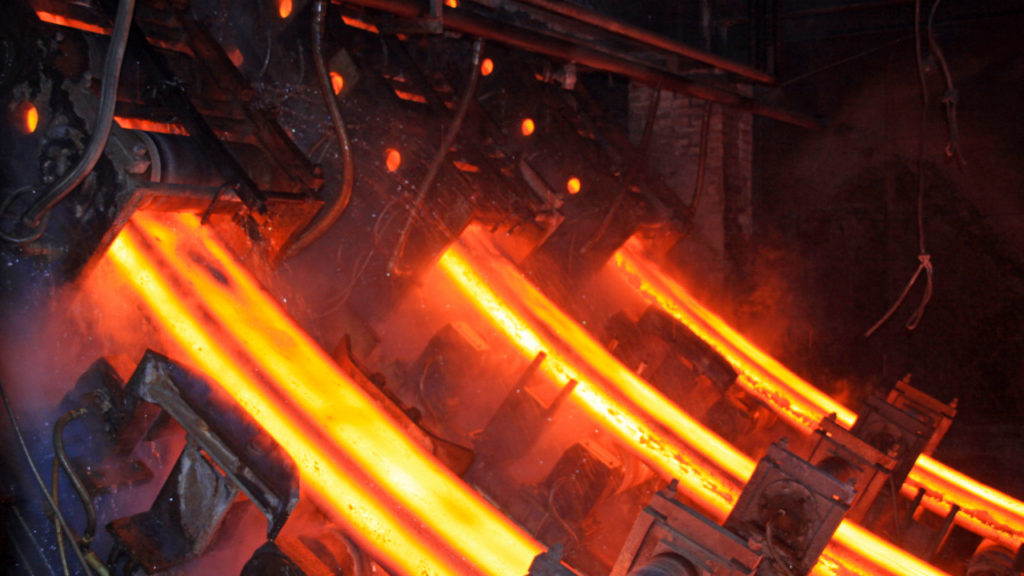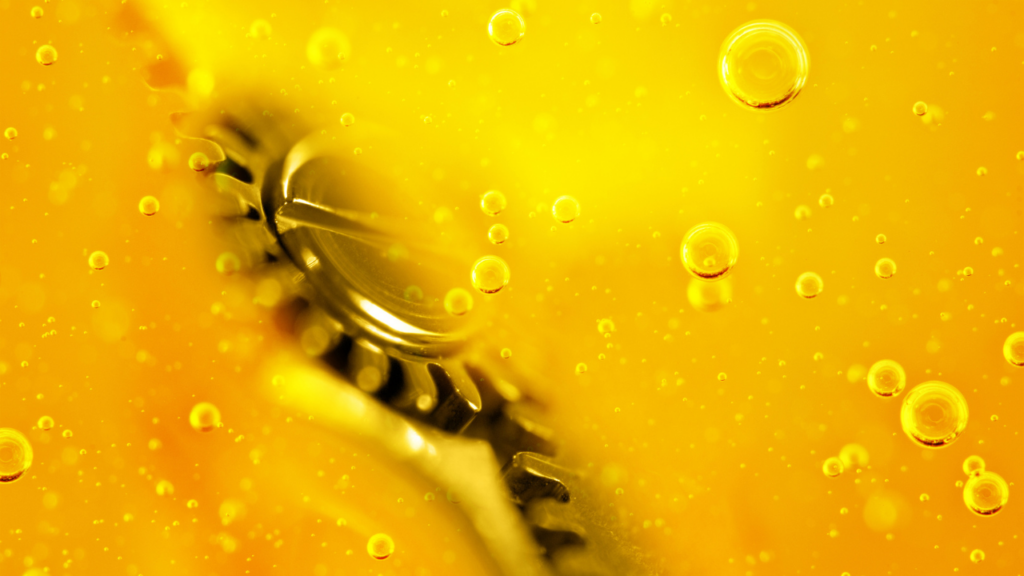
The True Cost of Bearing Lubrication
Improper bearing lubrication or re-lubrication accounts for up to 40 to 50 percent of machine failures. By eliminating lubrication from machinery, OEMs can minimize the costs and risks associated with maintenance for the end user. At the same time, costs related to the proper disposal of oil can be eliminated and the initial expenditure for ancillary components and processes (grease lines, zerks, manifolds, etc.) can be decreased.

